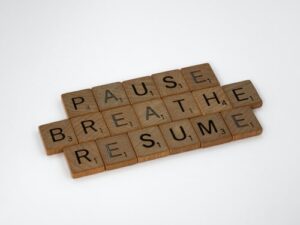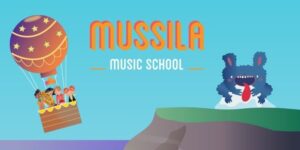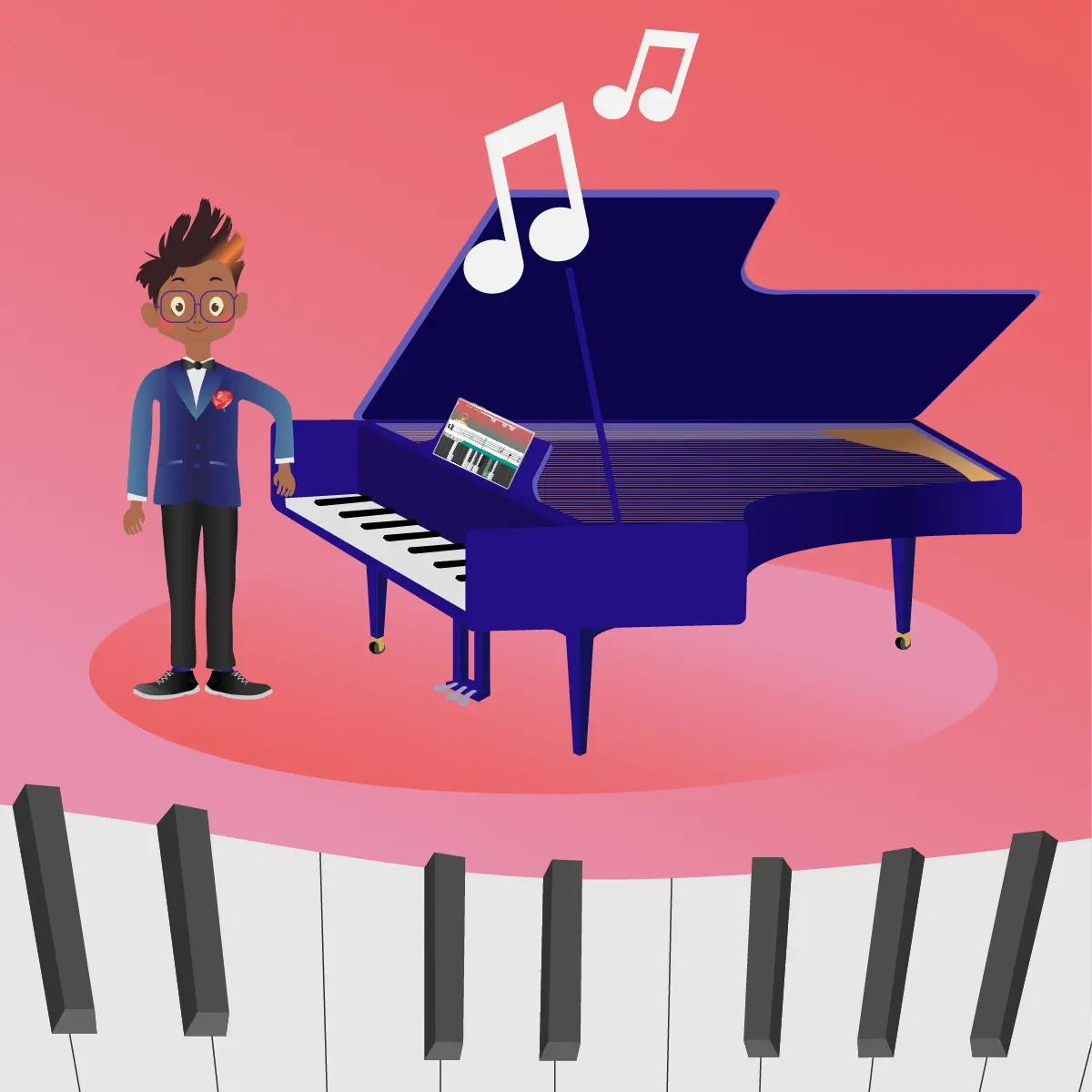By Arctic Meta,
For most people, the past couple of years dramatically changed so much when it comes to connectivity and technology.
Lockdowns and curfews forced many workers all over the world to move towards remote working or a hybrid model. There were many things before November 2019 that could only be done in person, and now, it’s understood that this simply isn’t the case.
Another element of daily life that moved to an online space during the pandemic was education. When governments decided it was time to close the schools, many were left wondering exactly how it was going to work, and within a very short space of time, it became the new normal.
Most school students have begun going back to physical classes, but this experiment in remote learning that was born from a health crisis has led many to wonder what the future of education might hold. So what have people discovered? Does it work? What are the benefits of remote learning?
There’s a lot to consider, but below are the top eleven benefits of learning remotely.
1. Greater Control Over Your Learning

Online learning allows a student to have more control over their learning environment. It gives them access to learning material without the need to commute or rely on their education taking place in just one specific location.
It also enables the learning experience to take place at times when their interest, motivation and engagement are at their peaks.
Overall, remote learning can give more power to a student (and their parents) in order to make sure they are getting the most out of their educational journey, specific to their particular needs.
2. Accessibility

Accessibility is a big talking point at the moment. The concept goes beyond physical location too. The advent of digital learning has made it possible for students in many different situations to continue to learn where they wouldn’t have been able to before.
Remote learning creates better access opportunities for students who are differently-abled or immunocompromised. It also helps to give equal access to learning for those who are blind or hearing impaired.
3. Students Work at Their Own Pace

Many experts agree that although the conventional education system does a pretty good job on average, it doesn’t have the same impact if you look at individual students. A cookie-cutter approach doesn’t really seem to give the most desired outcomes in learning.
The reason for this is that there are so many variables and individual students need to deal with while they are taking on new pieces of information.
One of the biggest struggles most educators are familiar with is the fact that there is a specific amount of things that they must get through in a specific amount of time.
When an individual student doesn’t seem to grasp a topic at the same rate as their peers, there can be a danger that they are left behind because the education locomotive must keep marching to the beat of the majority.
With remote learning, students have the opportunity to work at their own pace. They don’t need to quickly move on from one topic to the next. They can stay working on a subject or concept until they understand it comfortably.
Educational software can also limit a student’s access to later topics until it has been established that they have a sound framework and understanding to move forward.
4. Time Flexibility

Time is one of the most precious currencies in most industries, and this is also true of education. Remote learning does lend itself better to a flexible timetable than the traditional learning model.
For many younger children, this isn’t really an issue during normal school hours, but as stated earlier, if they are falling behind, the chance to catch up in their own time can level the playing field between them and their peers.
Time flexibility can also come into play as students from different socio-economic backgrounds get older. A reality for many teenagers is that they not only want to have part-time jobs, for many of them, they also need to.
Remote learning allows them to still fit education around jobs so that their schoolwork doesn’t need to suffer.
5. Resources Accessed Remotely

In a world where just about anything can be digitised, it makes sense that educational resources should follow suit. With remote learning, the student no longer needs to rely on having a physical copy of a resource.
This quite simply means that the old excuse of, ‘I forgot my textbook,’ doesn’t really matter anymore.
It also means that the information supplied within resources can be as up to date and factual as possible. It’s often overlooked that with physical resources, the information in them could be a slight bit out of date or simply just not true anymore.
Remote learning lets students have the best and most accurate information all the time.
6. Continuity of Education

The COVID-19 pandemic demonstrated that the geographical location a student will receive their education can change dramatically at a moment’s notice.
A positive outcome of this is that there is now an accepted understanding among educational experts that remote learning helps to keep good continuity in the education of a student during times like this.
The applications of this go beyond the pandemic too. Remote learning can assist with educational continuity for students who are sick, moving to new cities, living in remote communities, and many other situations.
7. Supporting Students of All Abilities

Nobody would disagree with the statement that every student is different and therefore will have different strengths and weaknesses.
There’s also way more understanding now when it comes to the different abilities of individual students and how that shouldn’t mean that their education journey is compromised.
Using the technology within a remote learning framework can help to ensure that differently-abled students don’t fall behind.
For example, a student who is neurodivergent can have the ability to pause, rewind or revisit a lesson when they are in a more optimal learning state. It can also reduce anxiety levels.
Many neurodivergent kids are especially aware that they might be drawing attention to themselves, and this can often leave them feeling isolated, alone and depressed. With remote learning, they no longer need to experience that pain and can instead focus on their education.
8. Catch Up With Ease and Revisit Topics

Many parents would remember that during their school years if they missed a lesson or topic in class, they were normally told that it was up to them to catch up.
While it is good to encourage students to be responsible for this, it’s also difficult to achieve this ‘catch up in their own time. They don’t have private access to the teacher or the material, so in most cases, it simply doesn’t happen.
This is the reason why for many millennials who are bad at math, the joke ‘I was sick that day’ is both funny and believable.
The same thing can be said about revision. Teachers encourage students to revise what they have learned throughout the year.
Revision is an important step in cementing knowledge, but it’s also something that should be done outside of the classroom. The harsh reality for many students in the past was that revision normally consisted of cramming information the night before an exam.
Thanks to technology, it’s now possible to make catch up and revision much more manageable for the student. With remote learning, students have access to the course materials at all times, so they are able to catch up whenever they like.
There are many online education systems where teachers can also create revision quizzes that students can take at their leisure. With remote learning, the process of revision or catching up doesn’t have to be ‘sink or swim.’
9. Supports Knowledge Building of Technology

Technology informs a lot about how we conduct our daily lives. Often those who stand to gain the most out of new technologies are referred to as ‘Early Adopters.’
These are the people who weren’t dubious or afraid of something new, and by the time it was embraced by the rest of the world, they were basically experts.
Think back to the first people who used iPhones and iPads. Whether you’re an Apple person or not, many of the interfaces used today have been modelled from the exact format and gestures innovated by these products.
Flash forward to now, and this is exactly why a young child who’s bored with the film playing on a screen in front of them will instinctively swipe at it. It’s also the reason why a child could probably drive a Tesla with minimal issues.
The main takeaway from all of this is that exposure to technology helps students to gain a competitive edge in the future. When it comes to remote learning, students are already familiar with things like google sheets, Zoom and Microsoft Teams long before they enter the workplace.
10. Building Skills For The Future

Remote learning helps students to become familiar with technology, but it does also give them life skills that will be necessary for their future.
Kids who are familiar with remote learning are generally better at self-regulating their time management. They are also more adept at multitasking, meeting deadlines and working autonomously.
They don’t receive the same sort of treatment that they do when they are in a physical classroom, meaning that the elements of ‘holding a student’s hand’ are often diminished.
Those who criticise this element of remote learning do raise valid points about the need to nurture students in their learning journeys; however, it does somewhat leave them better prepared for the realities of adult life.
11. Learning in a Safe Environment

In most cases, a student who is involved with remote learning will be doing a large majority of their learning from home, which is basically the safest place a student can be.
Even without the threat of a pandemic, learning from home provides a level of safety and security that is unmatched by any other location.
Students always retain more information if they learn in an environment that provides them with a feeling of safety and security.
How Mussila Supports Remote Learning
Mussila is an award-winning program that was born out of the digital learning revolution and aims to give kids a fulfilling and interactive musical education.
Mussila takes the concept of remote learning and combines it with the important element of play to provide musical instruction that is both enjoyable and entertaining.
The way Mussila works is that it functions like a game. The curriculum is structured around completing tasks as they learn new skills like learning to read musical notes or distinguishing beats and rhythms.
One of the best things about Mussila is that it can be used completely without the need for parental supervision. It’s completely kids driven.
It’s also a great way to give a child a bit of a taste of musical education without having to make a trip to a music store to buy an instrument that they might decide in two weeks isn’t interesting anymore.
With Mussila, kids can get a taste of all the elements involved with formal musical education without the need to play a physical instrument.
There are a few different Mussila educational streams too. There’s one for parents and one for schools and teachers.
Mussila is at the forefront of using the technologies available today to effectively educate the adults of tomorrow, and all they need is an internet connection. If you want to find out more, check out the Mussila app in your preferred app store today – Google Play or the App Store.
Conclusion
The introduction of remote learning doesn’t have to mean that society abandons the traditional learning model; after all, it’s the same learning model that gave us some of the greatest minds in human history, like Albert Einstein and Stephen Hawking.
When looking to the future, it’s important to embrace technologies and advances that could enhance a learning experience and help students to understand more, retain more and question more. Perhaps in the next century, we will see an even bigger spike in incredible minds.















